
Are #choanoflagellates , #filastereans , #ichthyosporeans & #corallochytreans truly the best models for exploring animal origins?
While these lineages have been so far pivotal to address the origin of animals (and they surely will continue to be!!), eDNA has revealed that there

Our current reconstruction of the genetic content of the unicellular ancestor of animals. I can not insist enough, had not we studied filastereans, ichthyosporeans, corallochytreans & choanoflagellates, the story will be completely different. Different & inaccurate #animalorigins


#EMBOmarineImaging is over & it was a blast. A lovely #community is taking shape with more beautiful imaging of protists to come.
Now for a week of Sampling #Ichthyosporeans #Plankton #PlanExM
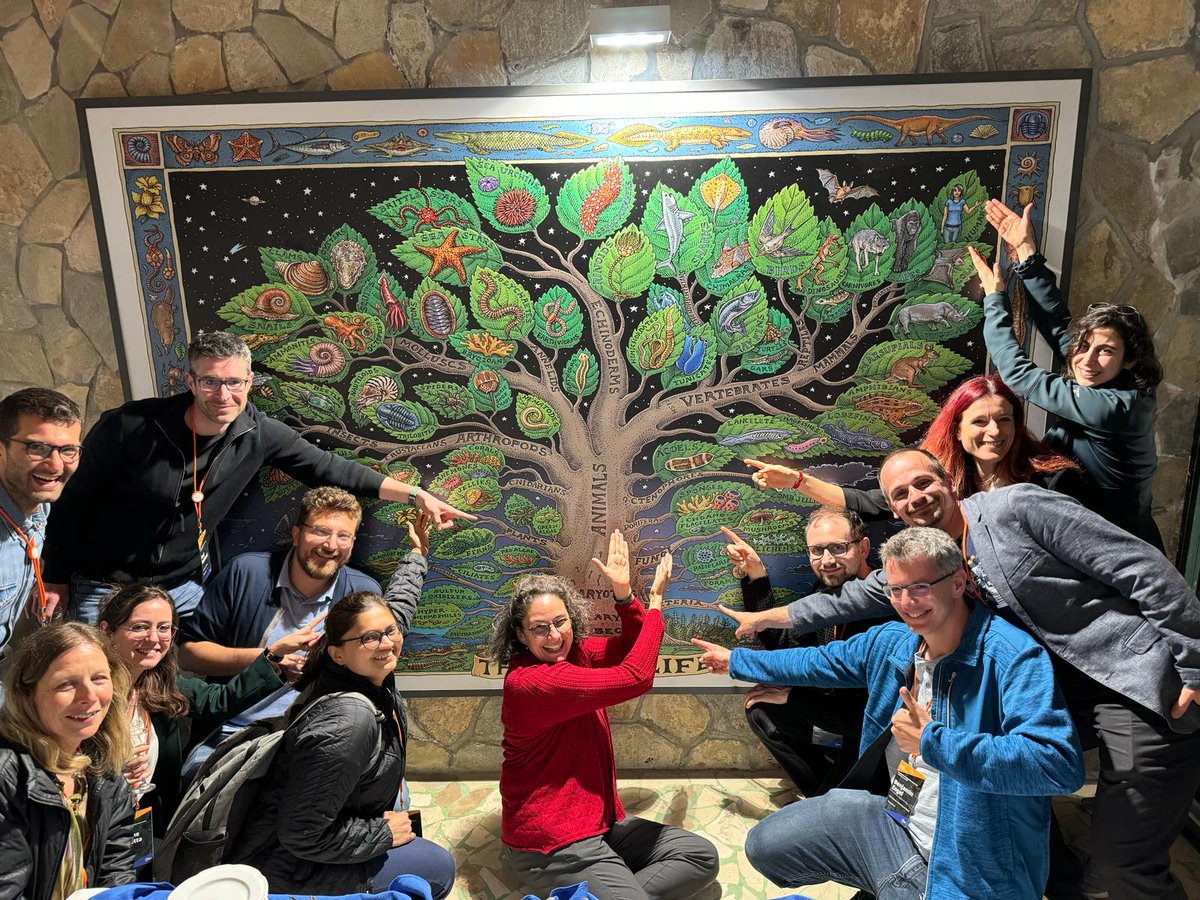

What a fantastic day! A big thank you to Patricia Suárez Ara for an incredible 4 years of PhD research pursuing the establishment of genetic tools in #ichthyosporeans & #corallochytreans ! Thanks to Sebastián R. Najle for co-supervising with such knowledge and enthusiasm. Thanks Núria Ros i


Had a fantastic day Iñaki Ruiz-Trillo. What a friendly lab and finally saw #filastereans and #ichthyosporeans under the microscope. Thanks.


The International Choanoflagellates & Friends Workshop will take place May 17-20, 2023 UC Berkeley & UC San Francisco.
Registration here: docs.google.com/forms/d/e/1FAI…
#choanoflagellates #filastereans #ichthyosporeans #evolution #animalorigins

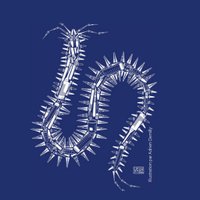

Looking for a short-term intro to research? Interested in how single-celled organisms evolved into complex multicellular life? Join our project on #ichthyosporeans , close relative to animals 🧬 Explore our offers (AEINT24_EX_1296 or 1298). There are other great offers at
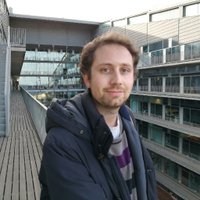


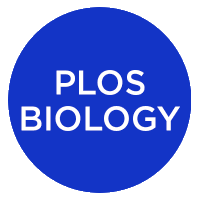
How does #multicellularity emerge? Experimental #evolution of ichthyosporeans (unicellular cousins of animals) shows how cellular control of density & size drives sedimentation rate variation, shaping evolution of multicellularity Omaya Dudin 𓂆 ¦🍉¦ 🇵🇸 ¦🦠¦🔬¦ &co #PLOSBiology plos.io/3tMD8cu

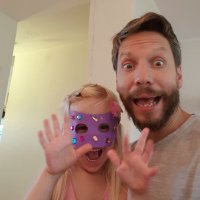
Tomorrow, Arthur will talk about miRNAs in Ichthyosporeans. Second session of the morning in Stora Salen C17-04. Don't miss it! #EEDUppsala

A fascinating feature of animal origin is that all their known closest unicellular relatives have representatives with temporal #multicellular life stages. All of them. Choanos, filastereans, #ichthyosporeans , corallochytreans. 1/7 #evolution
tinyurl.com/ExpoEvo

Our review on how work on #protists ( #choanoflagellates #filastereans & #ichthyosporeans ) is illuminating animal origins Institute of Evolutionary Biology (IBE) twitter.com/ArnauSebe/stat…
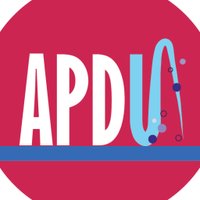
Please join us in the next Biology Club presented by Dr Omaya Dudin Omaya Dudin 𓂆 ¦🍉¦ 🇵🇸 ¦🦠¦🔬¦ on Monday 16th October at 12:15pm in room 1S059.
Dr. Omaya Dudin is an SNSF Ambizione Fellow at EPFL and he will talk about 'Ichthyosporeans and the evolution of animals embryogenesis'.


#Ichthyosporeans such as S. arctica & C. perkinsii will always be at the core of our research, but we also plan to use #UExM to explore #multicellular developmental #diversity at different nodes of the tree of #Eukaryotes . 3/7
x.com/dudin_o/status…


